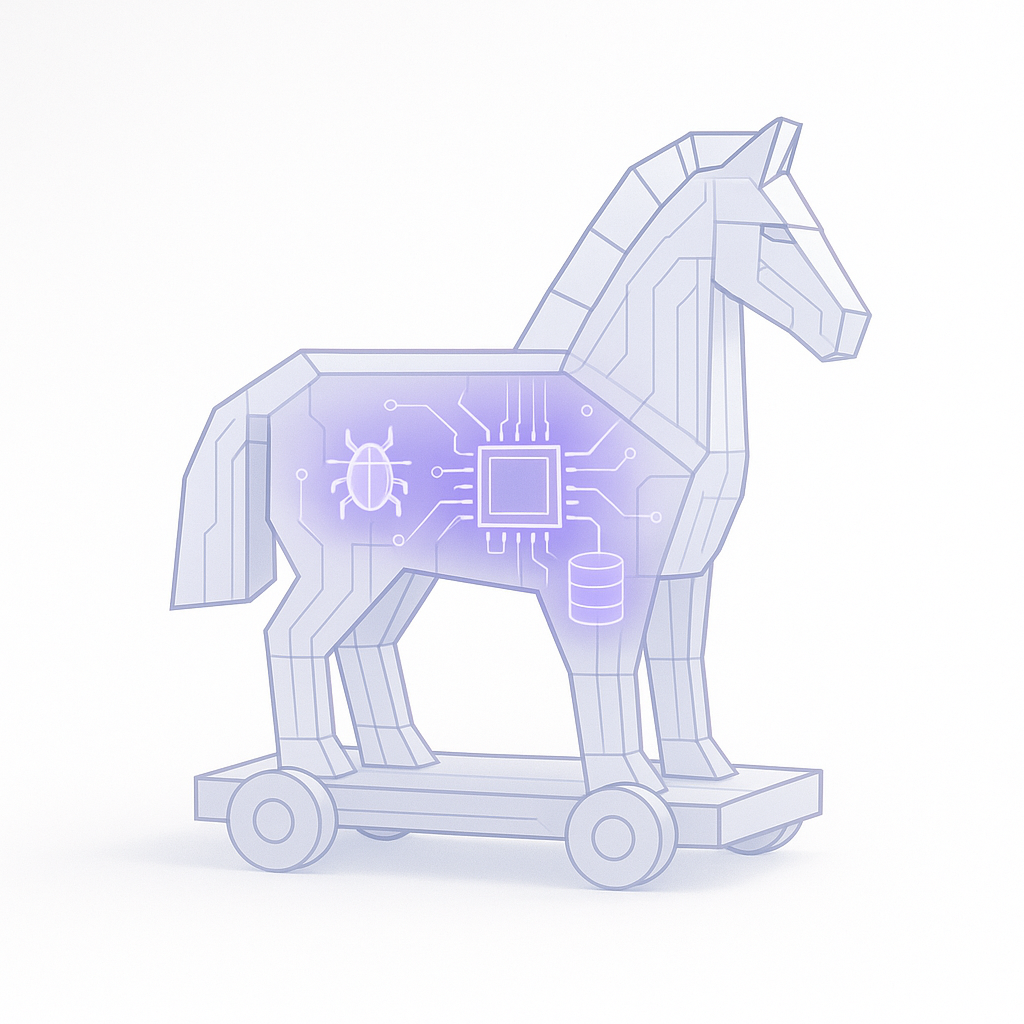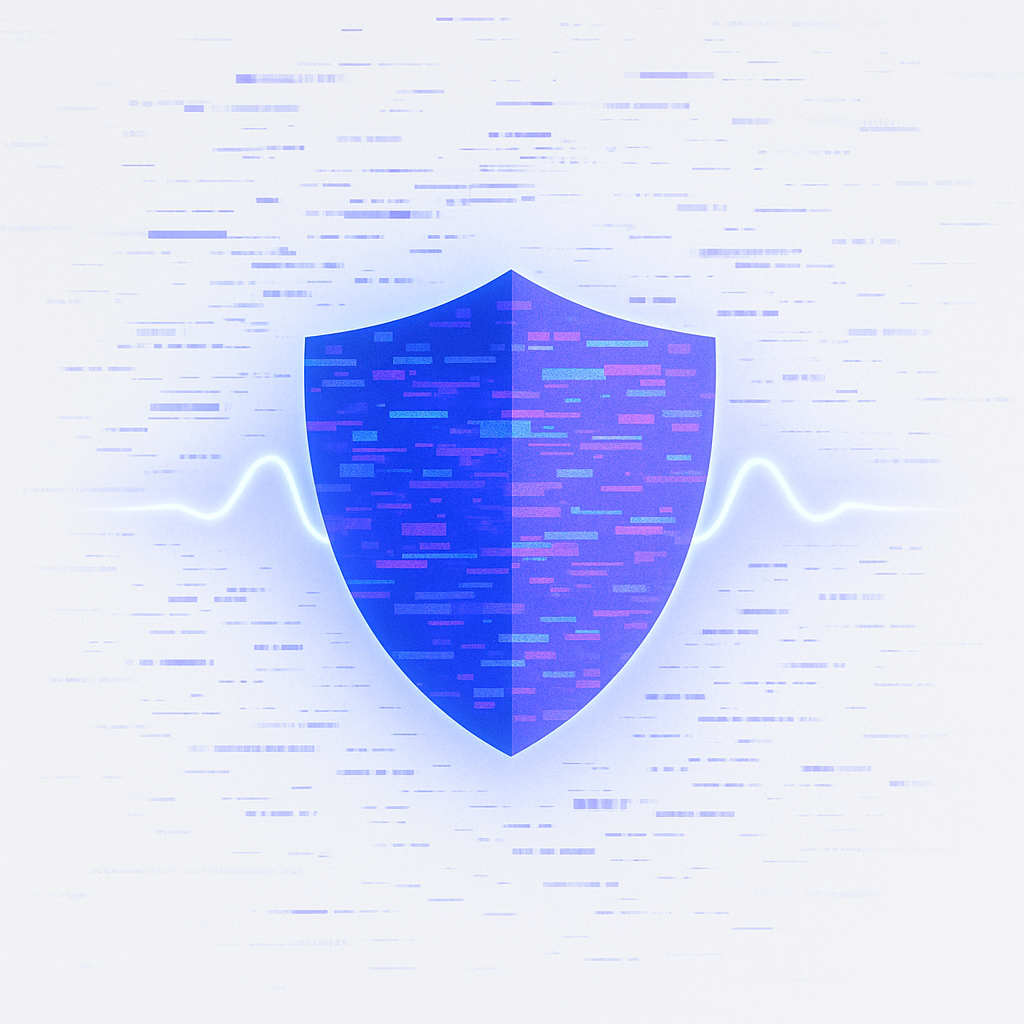Malware - the digital threat
"Malware" is a contraction of the words malicious and software. It covers all forms of harmful software designed to damage, spy, steal or exploit your computer, phone or data. Malware is not reserved for large hacker attacks - it can hit anyone, both individuals and businesses, often without you noticing.
It can be anything from an annoying ad program to a malicious program that encrypts all your files and demands money to unlock them. Some forms are obvious and noticeable, while others work silently for months before they are discovered. Regardless of the form, the goal is the same: to exploit you or your data.
How malware finds its way in
Malware spreads in many ways, and often it's your own clicks that open the door. It can happen through an attachment, a fake link, or a download you thought was safe. Once the malicious code is installed, it typically works in the background while you use your device as normal.
Common entry points include:
- Clicking a link in a phishing email
- Downloading a “free” program or file with hidden malware
- Visiting a fake or compromised website that automatically installs code
- Connecting an infected USB device
- Opening an attachment from an unknown or suspicious sender
Malware can then lie in wait until you, for example, log into your online banking, enter passwords, or connect new devices.

Different types of malware
There are many forms of malware - and new variations are constantly being developed. The best known include:
- Viruses - spread to other files and programs
- Trojans - pretend to be something useful but hide malicious code
- Spyware - monitors you and sends information to the perpetrator
- Adware - displays annoying ads and tracks your activity
- Ransomware - locks your files and demands payment to release them
- Keyloggers - record everything you type, including passwords and messages
- Rootkits - hide deep in the system and can be almost impossible to remove
Several types can be combined, making them extra dangerous and hard to detect.

What malware can do
The consequences of a malware attack vary, but can range from irritation to catastrophic loss. It can result in theft of personal information, financial loss, or your files becoming completely inaccessible. In some cases your device is used as part of larger cyberattacks against others.
An attack can lead to:
- Theft of passwords, bank details or identity
- Loss of documents, photos and other important files
- Demands for ransom to regain access to your data
- Monitoring of your online activities without your knowledge
- Spreading the infection to friends, colleagues or customers
- Significantly reduced performance on your devices
Signs you are infected
It's not always easy to detect malware - some variants are designed to be completely invisible. But there are signs you can watch for:
- Your computer or phone suddenly becomes slow
- Programs freeze or close for no reason
- Strange pop-up ads appear even when you're not browsing
- New programs or icons appear without your approval
- Your internet connection works overtime even when you're not using it
- You receive messages that your files are locked for payment
If you see one or more of these signs, you should react quickly to limit the damage.
How to protect yourself
You can't make yourself 100% immune to malware, but you can greatly reduce the risk by having good habits and using the right tools:
- Never click on suspicious links or attachments
- Keep your operating system and programs updated to close security holes
- Use a reliable antivirus program with real-time protection
- Only download from official and trustworthy sources
- Be critical of pop-up messages about “updates”
- Make regular backups of your data
- Enable two-factor authentication where possible

Why everyone should take the threat seriously
Many mistakenly believe that malware only hits “others” or people who know little about IT. But the reality is that anyone can be affected - even experienced users. Modern attacks are so convincing that they can fool almost anyone.
Attackers often exploit busyness, curiosity or trust. A single mistake can be enough for an attacker to access your data.

If you are hit
If you discover or suspect malware, you should act quickly:
- Disconnect the internet connection to prevent further data loss
- Run a full scan with an updated antivirus program
- Remove or quarantine infected files
- Change passwords to important accounts from a clean device
- Consider getting professional help if the attack is serious
The faster you react, the greater the chance of limiting the damage.
Malware is everyone's problem
Malware is not just a distant threat but a reality in everyday digital life. It can hit anyone, regardless of age, experience or technical knowledge. But with awareness, good habits and the right security measures you can significantly reduce the risk.
You don't need to be a security expert - just consistent in your actions. When it comes to malware, it's far better to prevent than to try to clean up afterwards.